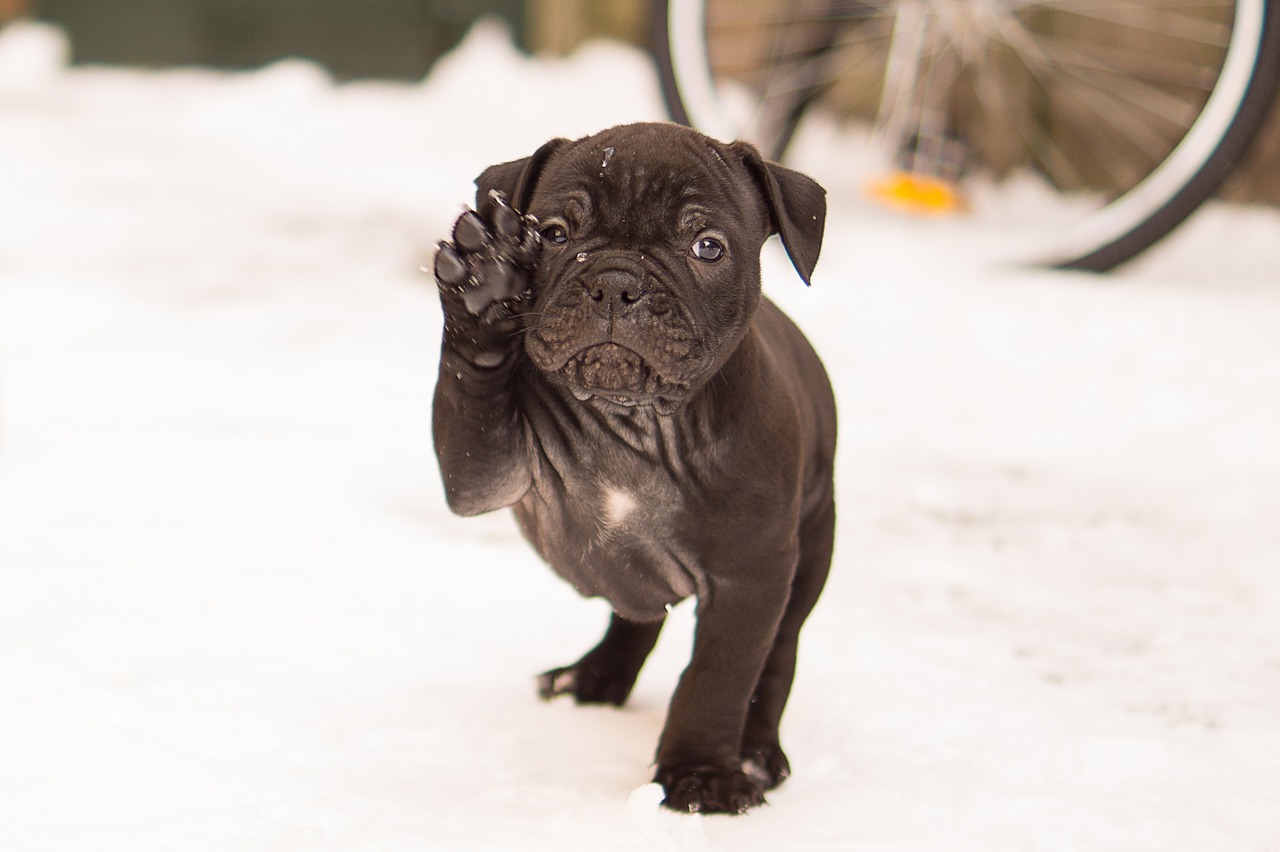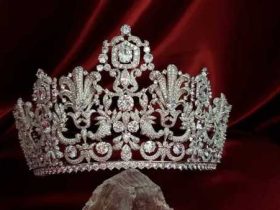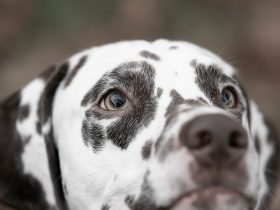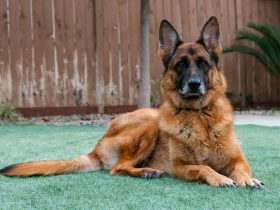History of the Black English Bulldog
History of the Black English Bulldog is more different today than the early ancestor bulldog. England has been found the place of where bulldogs were grown descended from ancient mastiff-type dogs. The Bulldog breed the first mention of the breed was in 1500, a description of a man “with two Bold doges at his style…
The then-fierce dogs were used in a practice called bull baiting, which involved the dog grabbing onto the bull’s nose and roughly shaking it.
Many areas in England had laws requiring bulls to be baited before they were slaughtered due to the strong belief.There is a purpose behind Bull baiting; it was thought to tenderize the bull’s meat. For many years, this practice was said to “thin” the blood of the bull and make its flesh tender after it was butchered.
Bull Baiting was a popular spectator sport in a time when there were no professional sport, video games or TV show programmers. The angry bull would toss the dog up in the air with its horns if it could, much to the delight of the watching crowd.
Black English Bulldog, on the other hand, would attempt to latch onto the bull, usually at its snout, and pin it to the ground through the force of its painful bite. Upcoming bull baiting were advertised and crowds wagered on the outcome of the struggle.
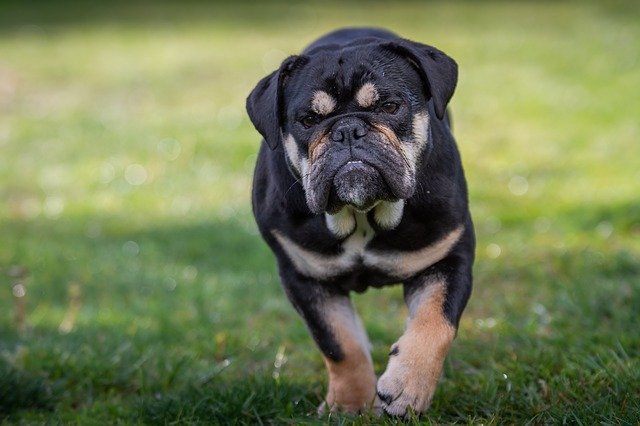
More About Black English Bulldog
The Bulldogs were to be more taller and heavier earlier than today’s Bulldog, and they were bred to be especially adept at this bloody and brutal sport. Typically, they crept on their bellies toward the enraged bull so he couldn’t get his horns under their bodies and toss them up in the air.
And their wide mouths and powerful jaws were impossible for the bull to shake off once the Bulldog had a firm hold on its snout. His short, flat nose enabled the Bulldog to breathe while holding onto the bull’s snout. He needed to be tenacious to hang onto the bull no matter how much the bull tried to shake him off.
The Black English Bulldog high tolerance for pain was developed to enhance his ability to excel at this barbarous spot. Even the wrinkles on his head are said to have had a purpose: to direct the blood that resulted from his grip on the bull to flow away from his eyes so he wouldn’t be blinded.
Bull baiting was outlawed in England, After many years of controversy, In 1835. And many thought the Bulldog would disappear since he no longer had a purpose. At the time, the Bulldog wasn’t an affectionate companion.
General characteristics of Black English Bulldog
The most aggressive and courageous dogs had been selectively bred for generations to be bull-baiters. They lived to fight with bulls, bears and anything else that was put before them. It was all they were really good at.Despite this, many people admired the Bulldog’s stamina, strength, and persistence.
As the Black English Bulldog was re-engineered,Dedicated, patient breeders started selecting only those dogs that had a docile temperament for breeding. Aggressive and neurotic dogs weren’t allowed to reproduce. These breeders transformed the Bulldog into the gentle, affectionate dog we see today by focusing their attention upon the temperament of the Bulldog.
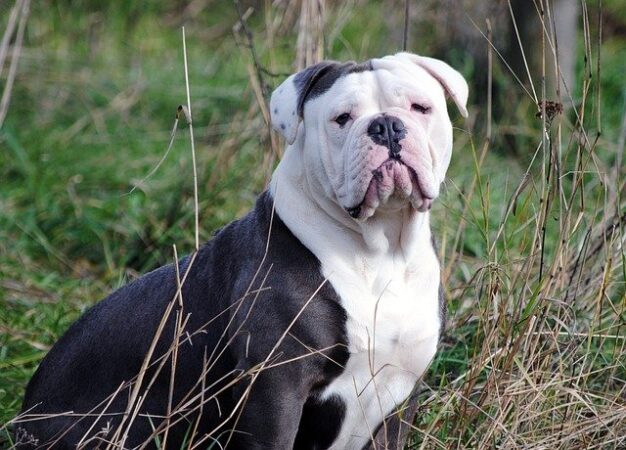
In England in the year of 1859, Bulldog Breeders started showing Bulldogs in conformation shows. In Birmingham, England in 1860, The first dog show that allowed Bulldogs to be shown. In 1861, a Bulldog named King Dick won at the Birmingham show. One of his descendants, a dog named Crib, was later described as being “close to perfection.”
In 1875, another Black English Bulldog club was founded, and it developed a breed standard that was similar to the Philo-Kuon and said that this breed club is still in existence.
Black English Bulldog were brought to the United States, and a brindle and white Bulldog named Donald was shown in New York in 1880. A Bulldog named Bob was registered with the American Kennel Club in 1886. In 1890, H.D. Kendall of Lowell, Massachusetts founded The Bulldog Club of America.
It was one of the first breed clubs to become a member of the new American Kennel Club. In the beginning, the club used the British breed standard, but thought it wasn’t concise enough, so they developed the American standard in 1894 for what they called the American-bred Bulldog.
The English protested about the name and also some of the items in the new standard. After a lot of work, the standard was revised and accepted in 1896. This standard is still used today.
The American Kennel Club recognized the Bulldog in 1890. During the 1940s and 1950s, Bulldogs were close to the top 10 breeds in popularity. Today, the Bulldog ranks 12th among the 155 breeds and varieties registered by the AKC, a tribute to his solid credentials as a companion.
More than anything else, the Bulldog is a triumph of the human ability to rehabilitate an entire breed and make it into a desirable, affectionate companion through thoughtful, dedicated breeding practices.
In the 1800s, cities such as Rome passed laws that Bulldogs couldn’t be walked on the streets even on leash due to their ferociousness, and yet, a few years later, the Bulldog was already becoming known as one of the friendliest and most tranquil of dogs. All because some dedicated breeders had patience, knowledge, and a vision of what the Bulldog could be at its finest.
Black English Bulldog Size
Mature male Bulldogs weigh about 50 pounds; mature females about 40 pounds. Show dogs may be about 10 pounds heavier. They stand 12 to 15 inches at the shoulder.
Black English Bulldog Health
Like all breeds, Bulldogs are prone to certain diseases and conditions. Not all Bulldogs will get any or all of these diseases, but it’s important to be aware of them so you can be informed when you interview breeders and can know what to look for throughout your Bulldog’s life.
Buying from a responsible breeder will help ensure that you get the healthiest Bulldog possible. A puppy from a reputable Bulldog breeder will be vaccinated and dewormed before you take him home.
Responsible breeders use only physically sound, mature (at least 2 years or older) dogs, and test their breeding stock for genetic diseases pertinent to the breed.
Both parents should have health clearances, documentation that a dog has been tested for and cleared of a particular condition. In Bulldogs, you should expect to see health clearances from the Orthopedic Foundation for Animals for hips, elbow, and knees, and from the Canine Eye Registry Foundation (CERF), certifying that the eyes are normal.
Health clearances are not issued to dogs younger than 2 years of age. That’s because some health problems don’t appear until a dog reaches full maturity. For this reason, it’s often recommended that dogs not be bred until they are two or three years old.
Overall, Bulldogs can have a lot of health problems. They are wonderful dogs, but be sure you’re willing to monitor their health closely and can afford any medical treatment they may need.
The following conditions may affect Bulldogs:
- Malignant hyperthermia is not a disease, but a syndrome that occurs only when a number of anesthesia drugs are used (in the case of surgery). Cardiac rhythm disturbance, renal failure, acute skeletal muscle necrosis and death may occur.
- Multifocal retinopathy is a disease associated with changes in the retina and usually does not affect vision. The lesions may disappear, but if the disease develops, a slight creasing of the retina due to cell degeneration develops. The eyes become cloudy, spots may appear, or the eye is covered by a whitish film. Symptoms occur in young dogs (up to 13 months of age).
- Hyperuricosuria is a hereditary disease associated with the accumulation of uric acid salts and the formation of stones.
Black English Bulldog Feeding
Recommended daily amount: 1/2 to 2 cups of a high-quality dog food daily, divided into two meals.
How much your adult dog eats depends on his size, age, build, metabolism, and activity level. Dogs are individuals, just like people, and they don’t all need the same amount of food. It almost goes without saying that a highly active dog will need more than a couch potato dog.
The quality of dog food you buy also makes a difference — the better the dog food, the further it will go toward nourishing your dog and the less of it you’ll need to shake into your dog’s bowl.
It’s easy to overfeed a Black English Bulldog ,but obesity can stress his joints, so he shouldn’t be allowed to get fat. Keep your adult Bulldog in good shape by measuring his food and feeding him twice a day rather than leaving food out all the time. If you’re unsure whether he’s overweight, give him the hands-on test.
Place your hands on his back, thumbs along the spine, with the fingers spread downward. You should be able to feel but not see his ribs without having to press hard. If you can’t, he needs less food and more exercise.

